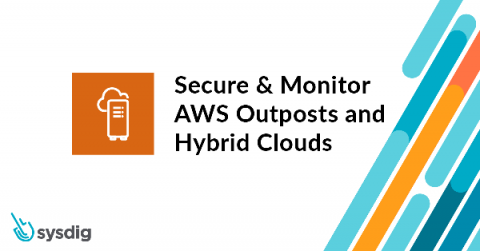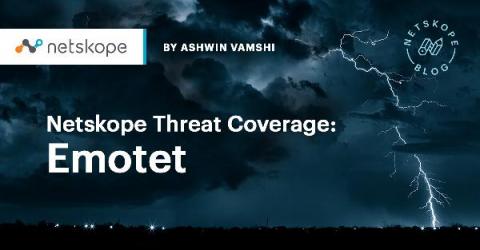Building Your Team up to Win the Security Arms Race
In a fast-changing world, stopping to assess your success isn’t really an option anymore. It is increasingly important that security teams are constantly proving their worth and tracking their successes with a view to constantly improving so as to not to get caught behind the times and therefore exposed.











